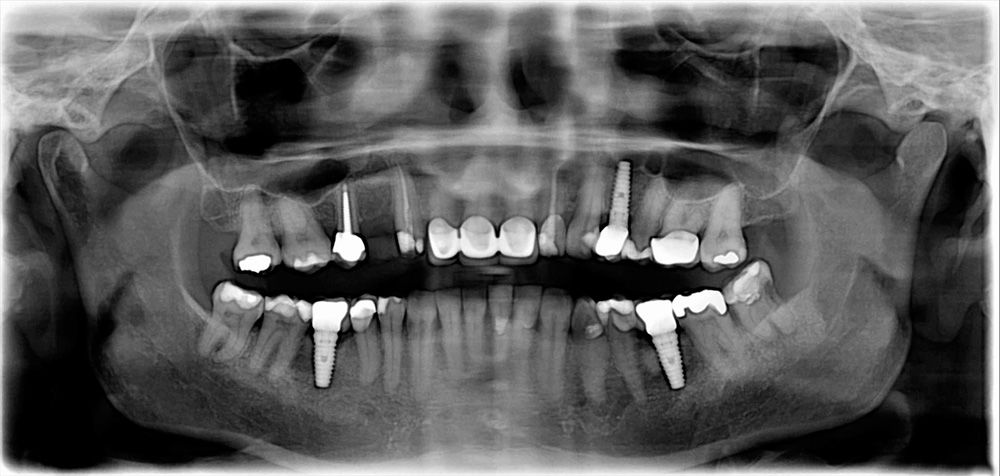You are probably aware of the old saying, “Measure twice; cut once.” This adage is a testament to the importance of meticulous planning, particularly when it comes to events you cannot do over. When it comes to dental implants, then, the saying should perhaps be modified to “measure until your measurements cannot be questioned whatsoever, and then proceed with surgery.” For implant dentistry to be done properly, there is no room for error. Preparation is everything.
For this reason, Dr. Allan Libunao and Dr. Richard H. Kim use only the most advanced technology to prepare patients for their dental implant surgeries at Suburban Oral Surgery & Implant Center. In planning your dental implant procedure at their Bolingbrook, IL practice, they will methodically map out every detail in advance, including the exact location where each implant post will be placed, the exact angle at which it will be placed, and the exact ratio of bone to implant. You will feel assured knowing that this amount of forethought has been invested into the success of your procedure.
If you are missing one or more of your natural teeth, and you are considering state-of-the-art dental implants as a means of tooth replacement, we encourage you to contact Suburban Oral Surgery & Implant Center today.
WHAT GOES INTO PLANNING A DENTAL IMPLANT PROCEDURE?
There is a reason that dental implants are superior to any other method of securing dental restorations such as crowns, bridges, and dentures, and that reason can be summarized by a single word: osseointegration.
Osseointegration is the process through which the titanium implant posts that serve to anchor the dental restorations fuse with the jawbone. This is made possible by the fact that the human body does not identify titanium as a foreign substance; in other words, it cannot distinguish between a titanium tooth root and a natural tooth root. As a result, the dental implant essentially becomes part of the patient’s natural anatomy, providing exceptionally strong and stable support for the replacement tooth.
However, in order to do so, there must be ample bone to support the implant. This can be problematic since the jawbone begins to degrade once a tooth is lost. This degradation process will halt once a dental implant has been placed, but our oral surgeons must first determine whether there is sufficient bone density to perform implant surgery to begin with. They do this by performing panorex x-rays of the jaw. If the jawbone is not sufficiently dense, then they will perform a bone grafting procedure in advance of the placement of dental implants.
Whether bone grafting is necessary or not, it is still important to place the implants at precise locations and angles to optimize bone-to-implant ratio. The extraordinary SimPlant® system uses sophisticated computer software to create a 3D image of the patient’s mouth so that our oral surgeons can create a detailed treatment plan. The result is accurate implant planning down to the finest detail.
LEARN MORE ABOUT DENTAL IMPLANT PLANNING
To learn more about how we can optimize your dental implant procedure through meticulous planning, please contact Suburban Oral Surgery & Implant Center today.

